Human sacrifice was a central part of the ancient Maya religion, which spanned over two millennia in Central America. To appease their gods, the Maya offered the blood and lives of their enemies, captives, and even their own people in sacred sites. One such site is a cave system in Belize called Actun Tunichil Muknal or ATM. A few years ago, I had the chance to explore this amazing place.
ATM is near San Ignacio, a town in the Cayo District of Belize. Belizean archaeologist Jaime Awe and his team of explorers discovered it in 1989 and later excavated and studied it. The cave is also known as the “Cave of the Crystal Sepulchre” because it holds the calcified skeletons of 14 human victims, who sparkle like crystals.
A Journey to the Mayan Underworld: Descending into Xibalba
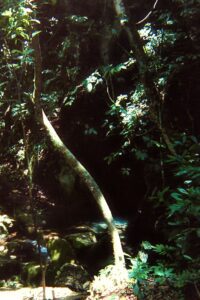
To reach the Actun Tunichil Muknal cave, I had to join a guided tour with one of the licensed agents authorized by the Belize Tourism Board and the Institute of Archaeology. Getting to the cave involved crossing rivers, hiking through the jungle, and swimming into the cave entrance. Our tour guide explained that entering the cave was like following the footsteps of the Hero Twins who ventured into the Mayan underworld “Xilbalba” to challenge the lords of death in the Popol Vuh.
According to the Mayan sacred text, the Hero Twins were the sons of a previous pair of twins who were killed by the lords of Xibalba, the underworld. They inherited their father’s skills in playing the ballgame, a sport that was sacred and symbolic for the Maya. The lords of Xibalba invited them to play a series of games in their domain, hoping to defeat and kill them as they did with their father. The Hero Twins accepted the challenge and descended into the underworld, where they faced many trials and traps. They managed to overcome each obstacle with their intelligence, courage, and humor and eventually defeated the lords of Xibalba in a final game. They then resurrected their father and his brother and ascended to heaven, where they became the sun and the moon.
Inside, the cave was dark and wet, with only our headlamps providing some light. We had to squeeze through narrow passages and chambers to reach the cave contents, which date back to 700-900 CE. We had to be careful not to touch or damage any of the artifacts or remains. Unlike today’s visitors who have been banned from taking photos or videos inside the cave since 2012, I was lucky enough to capture some images of this amazing place with a camera.
Actun Tunichil Muknal: A Place of Sacrifice
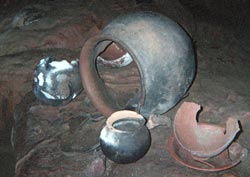
At the heart of the cave lay its purpose: sacrifices to the gods, primarily Chac, the deity governing the rains. This cave, seen as a conduit to the underworld, was the chosen spot for appeasing these divine entities. Through elaborate rituals involving bloodletting, heart extractions, and painstakingly crafted pottery, the Maya hoped to sustain the delicate balance between mankind and the divine.
The Maya brought their offerings and victims into the depths of the cave, where they performed their rituals. They also modified the cave formations to create altars and silhouettes of faces and animals. They decorated the cave walls with paintings and carvings of their gods and symbols. They used pottery to contain their offerings, which they marked with “kill holes” or smashed completely to release the spirits within.
In total, excavators found fourteen skeletons in the cave – we saw five of them. The Maya did not reuse altars once they were used for sacrifice. They considered them sacred and therefore unusable. The entire path we walked contained altars that witnessed different rituals over centuries.
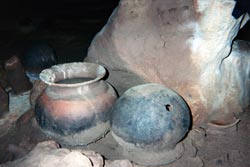
One striking sight was a pot that had not been “killed” like all the others. It lay beside the skeletal remains of a newborn so young that its cranium had not yet fused together. Our guide thought that the baby was probably sacrificed in a purity ritual and that the pot was thought to have caught the water which dripped from the stalactites above it. The stalactites were thought to be the roots of the sacred Ceiba tree, which connected the three levels of existence: heaven (the branches), earth (the trunk), and underworld (the roots). The water was considered sacred as well, as it represented a life-giving force and communication with ancestors.
Pain and Sacrifice in the Crystal Cave
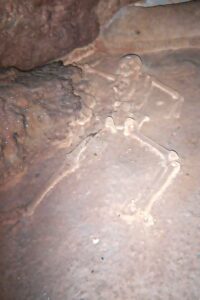
Pain was a big part of Mayan rituals. The Maya would bind prisoners with their hands tied behind their backs and their fingers cut off so they couldn’t undo the binding. They would also cut out their tongue and possibly break limb bones before slowly disemboweling their victims to maximize their pain. Even royalty wasn’t exempt from this ritualistic pain, with kings partaking in self-inflicted bloodletting, amplifying their pain for divine appeasement.
The last skeleton we saw was the Crystal Maiden. At the time I visited the cave, archaeologists believed it was a girl who had just reached puberty. The bones have been calcified to a sparkling appearance by the minerals in the water. Our guide explained that some archaeologists believe she was laid out in a dancer position while others believe that the natural flow of water through the cave pushed her legs apart. Now, after testing, archaeologists believe the skeleton is male.
A Glimpse into the Past: Witnessing an Ancient Way of Thinking
The Maya’s rituals, while unsettling to contemporary sensibilities, were born from an earnest yearning to commune with the divine. Their sacrifices, a meld of agony and reverence, were offerings in the hope of a better tomorrow. While we may grapple with understanding the ethics of their choices, it’s undeniable that their legacy in the Cave of the Crystal Sepulchre offers invaluable insights into their complex cosmology and unyielding faith.
In a world where mysteries of the past continue to enthrall the present, this journey into the heart of Mayan spirituality is not just an exploration of a cave. It is a reflection on human nature, our ever-evolving understanding of the sacred, and the lengths we are willing to go to connect with the divine. After all, isn’t history but a mirror, revealing as much about ourselves as those who came before us?
Header Image Credit: Mayan vase with the image of Ixquic with K’awiil & the Lords of Xibalbá (CC BY-SA 3.0)

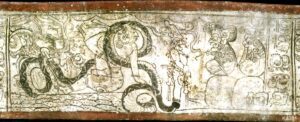
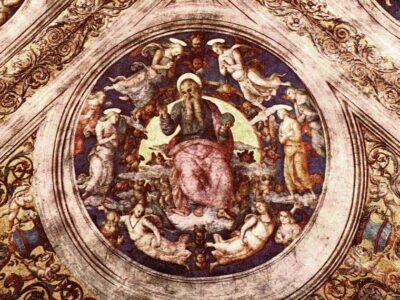
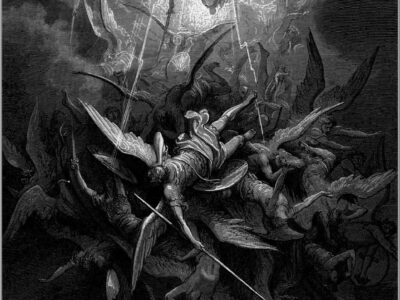
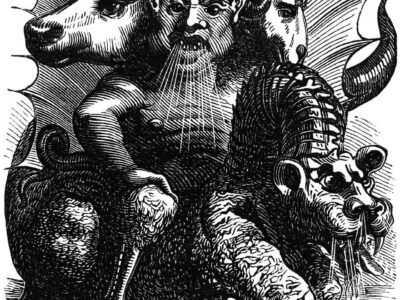
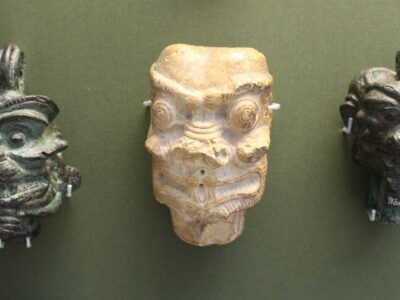
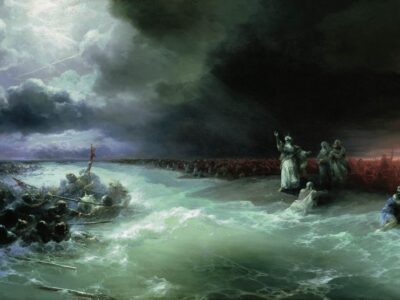
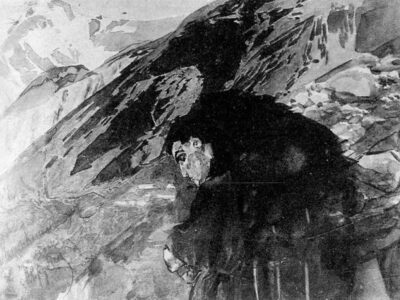
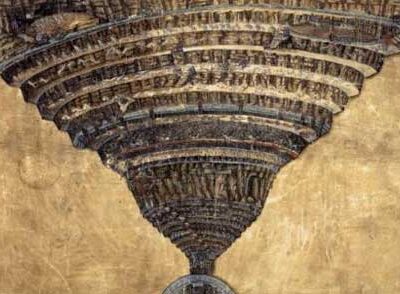
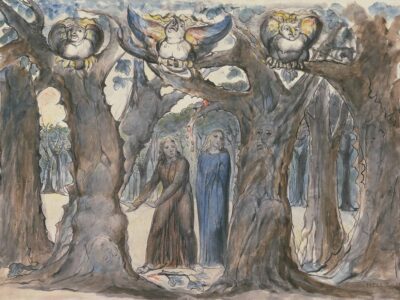
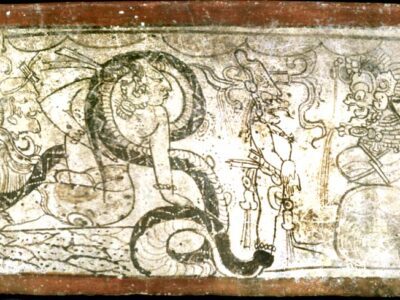
 Seraphim: From Fiery Serpents to Heavenly Singers
Seraphim: From Fiery Serpents to Heavenly Singers